Durian price in Mekong Delta
Surveys at purchasing warehouses in the area show that the price of Ri6 A durian ranges from 44,000 - 46,000 VND/kg, Ri6 VIP reaches 55,000 - 60,000 VND/kg.
Thai A durian costs between 76,000 - 84,000 VND/kg, while VIP A is purchased at 90,000 - 100,000 VND/kg.
Musang King A, the highest quality line, still maintains a high price of 110,000 - 125,000 VND/kg.
Durian price in Southeast
Prices are generally stable and slightly higher than in the Mekong Delta for some types.
Thai A durian is 80,000 - 84,000 VND/kg, VIP A ranges from 95,000 - 100,000 VND/kg.
Musang King A continues to maintain its peak price at 120,000 - 125,000 VND/kg.
Durian price in the Central Highlands
The purchase price is also relatively stable. Ri6 A remains at 44,000 - 46,000 VND/kg, while Thai A durian is purchased at 80,000 - 82,000 VND/kg.
Notably, Thai C durian in the Central Highlands has the lowest price on the market, only from 40,000 - 42,000 VND/kg.
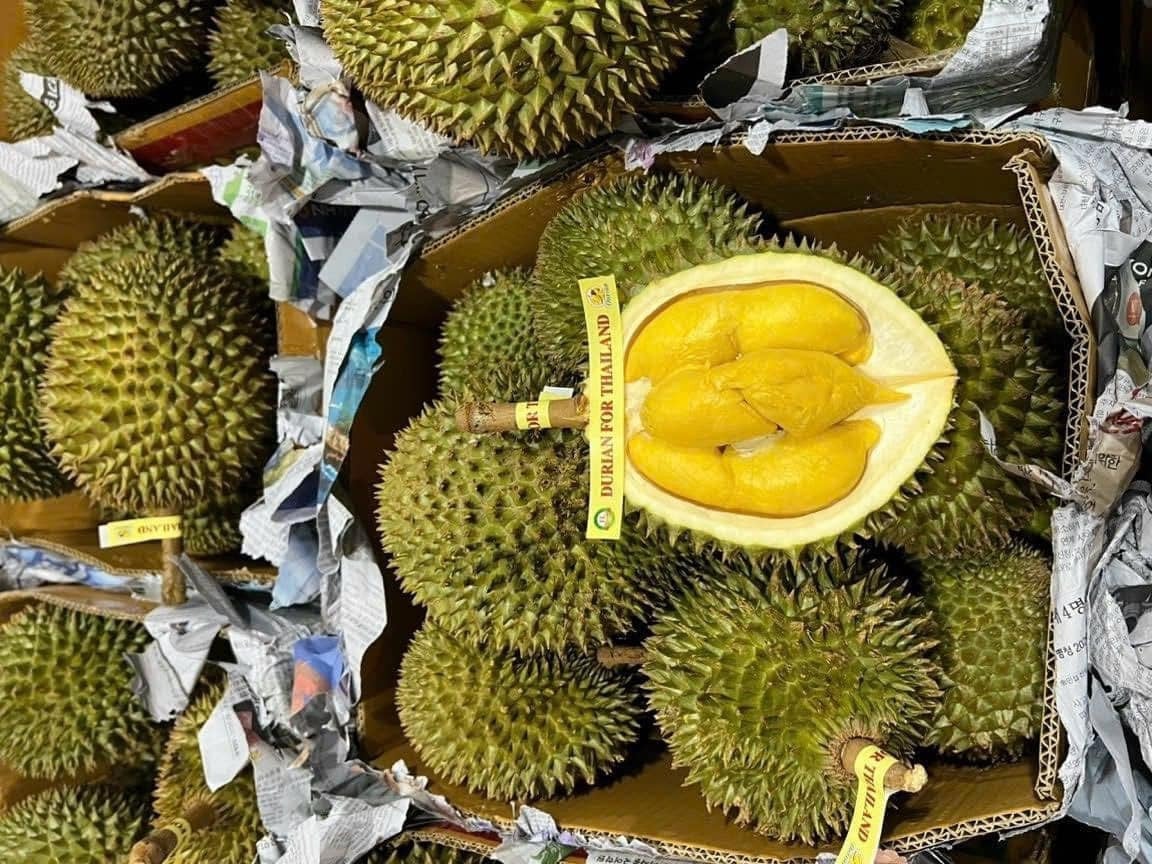
Durian exports face difficulties due to cadmium residue
In the first 6 months of 2025, Vietnam's durian exports recorded a serious decline, especially to the Chinese market - the largest import partner today. Many shipments were rejected or returned due to the detection of banned substance residues, the most worrying of which was the heavy metal Cadmium. As a result, durian prices in the domestic market decreased by 40% to 50% compared to the same period in 2024, causing heavy losses to growers and exporters.
Cadmium is a toxic heavy metal that can cause serious health effects and reduce crop yields. It can come from both natural sources (such as mines) and man-made sources (especially from battery, fertilizer, and mining industries). Areas growing near industrial or mining sites are at higher risk of cadmium contamination due to soil and water pollution.
One of the main causes of cadmium residue in durian comes from the cultivation process, especially the use of phosphate fertilizers - a type of fertilizer containing high phosphorus content. Phosphate fertilizers are often used by farmers during the flower bud stimulation stage to increase the fruit set rate. When unfavorable weather forces flower bud stimulation many times, the amount of phosphate fertilizer used is even greater, leading to an increasing risk of cadmium accumulation. In addition, acidic soil conditions (low pH) also make cadmium more soluble and absorbed by plants, leading to residues in the fruit.
In this situation, control of cadmium residue needs to be implemented synchronously and seriously from the root. First, farmers should increase soil pH through appropriate soil improvement measures, while reducing the dosage of phosphate fertilizers, prioritizing the use of organic fertilizers and biological products to limit accumulated pollution.
On the part of specialized agencies, it is necessary to conduct an assessment of the level of cadmium contamination in key growing areas, support technical training and provide instructions on safe fertilizer use to farmers. For large farms, it is necessary to proactively take soil samples for periodic testing to monitor and take early corrective measures if risks of exceeding the permissible threshold are detected.
Source: https://baonghean.vn/gia-sau-rieng-hom-nay-16-6-sau-rieng-thai-giu-gia-cao-10299741.html



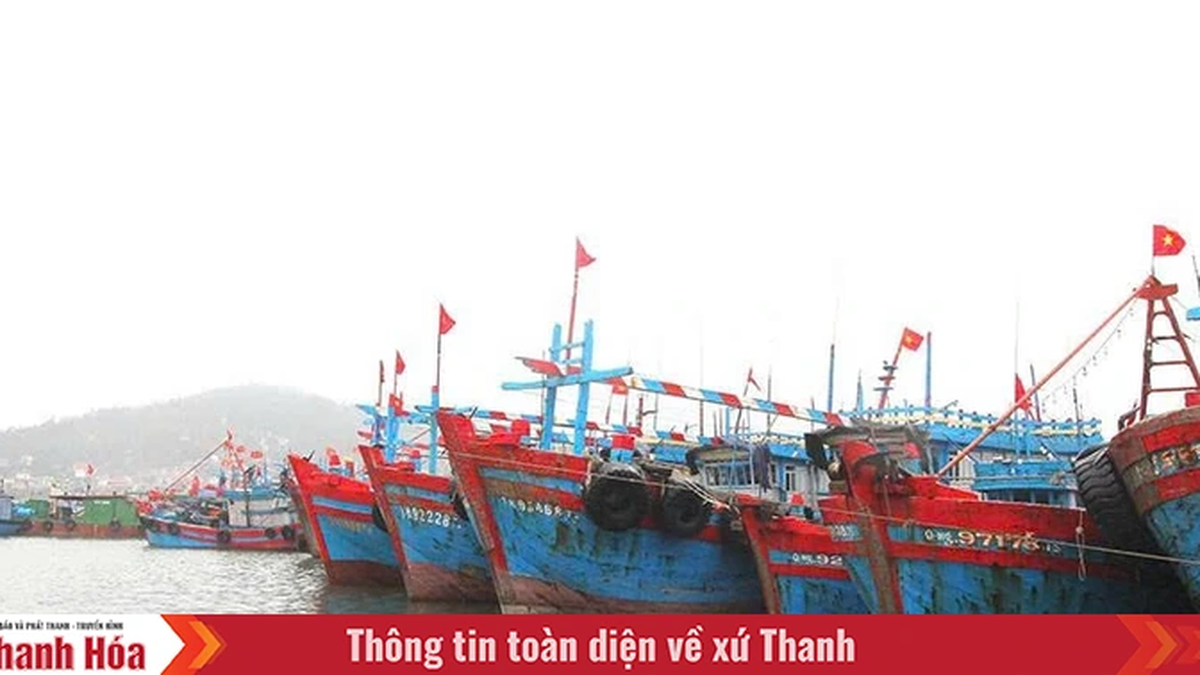

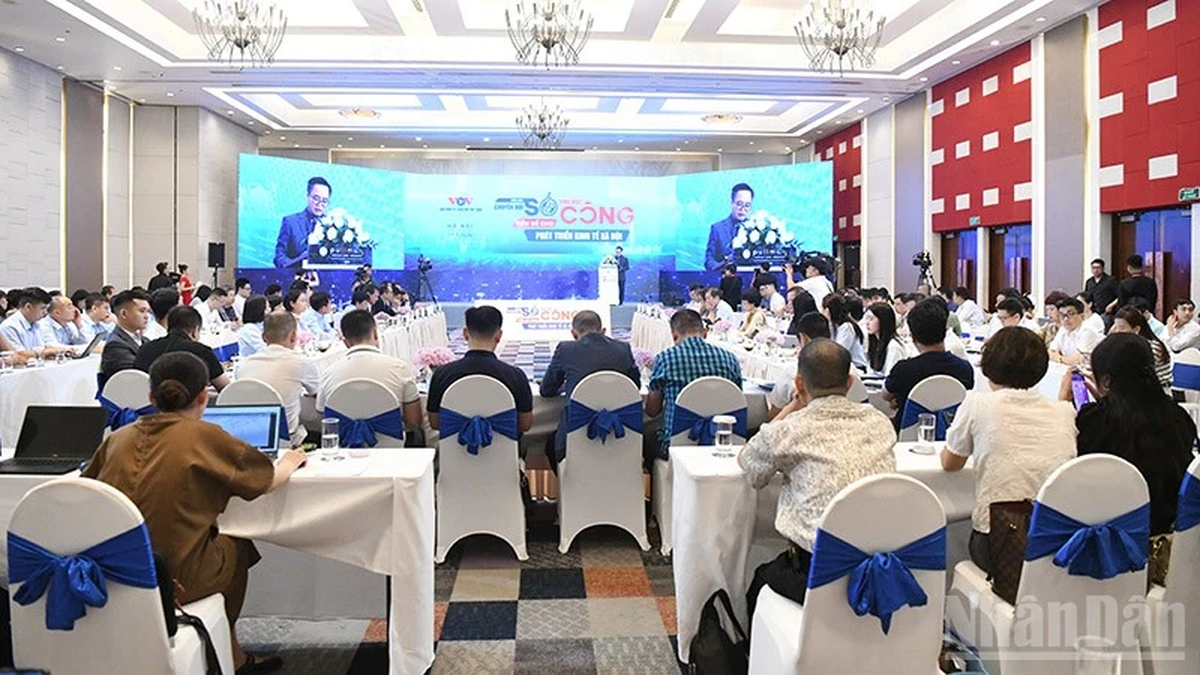



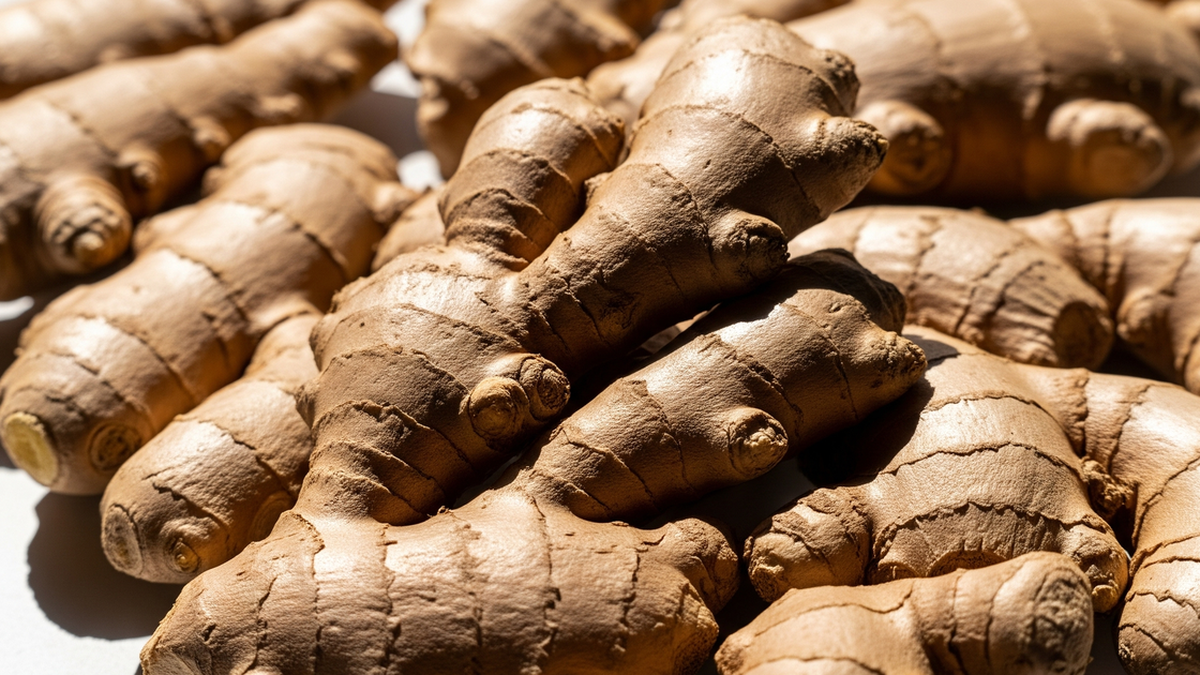
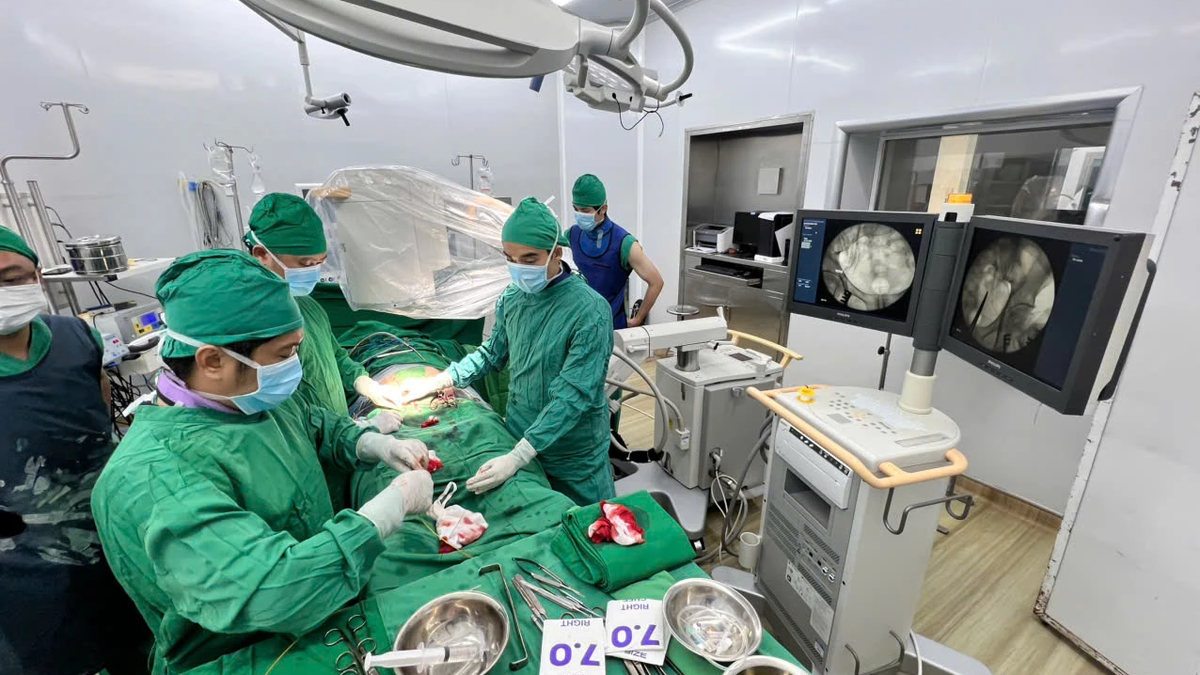


























































































Comment (0)